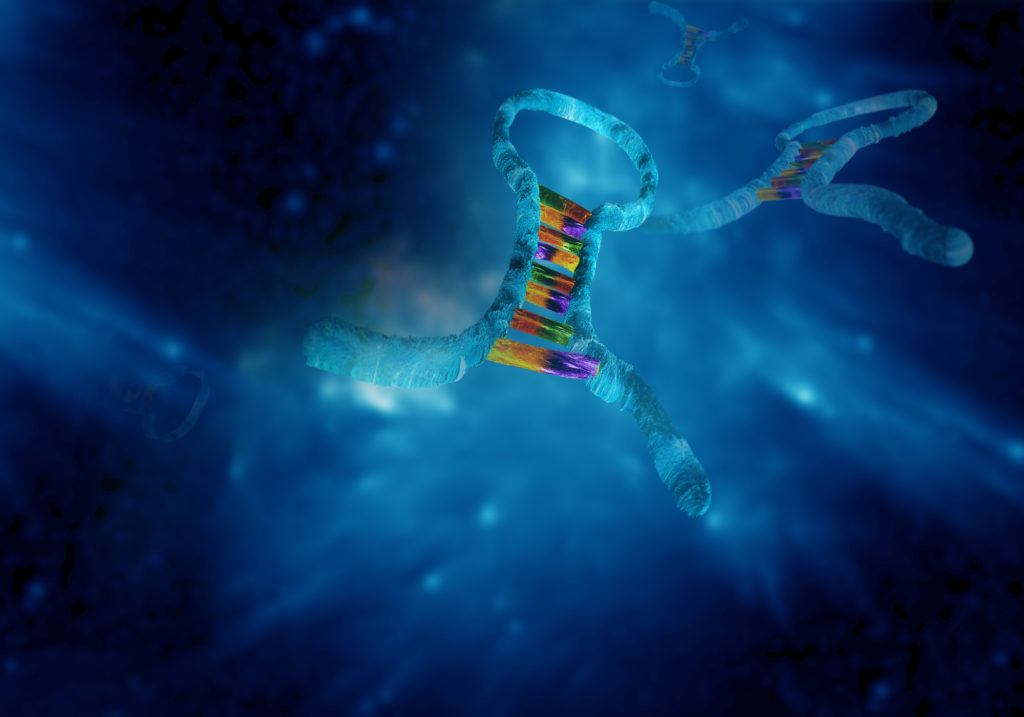Autoimmunity is used to describe almost 80 unique illnesses that include multiple sclerosis, systemic lupus erythematosus, type 1 diabetes, psoriasis, and rheumatoid arthritis and is also increasingly a complication of immuno-oncology therapy. Research tools that allow for the study and characterization of autoimmune biology and development of gene signatures that predict an autoimmunity flare or response to a given therapy will be valuable assets for the research community. In this webinar, featured speakers will describe a protocol and application for combining Myriad RBM’s TruCulture® system and NanoString® nCounter® gene expression profiling to generate proteomic and transcriptional profiles of blood from healthy donors stimulated with a cytokine (TNFα) or pathogen associated molecule (staphylococcal enterotoxin B, SEB).
Topics covered in the webinar include:
- Applying the TruCulture blood collection and culture system for immune monitoring
- A protocol for isolating RNA from TruCulture samples for downstream analysis using the NanoString nCounter Autoimmune Profiling gene expression panel
- Data demonstrating the reproducibility of the NanoString platform and a correlation between NanoString transcriptional counts and Myriad RBM’s OptiMAP secreted protein measurements
Combining the TruCulture system with nCounter gene expression profiling enables the study of circulating immune responses using a rapid and easy collection and stimulation culture system followed by subsequent profiling of leukocytes from healthy or diseased cohorts.
FOR RESEARCH USE ONLY. Not for use in diagnostic procedures.
Speakers

Anne Hwang, PhD, Scientist III, Myriad RBM, Inc.
Shen-An (Anne) Hwang joined Myriad RBM in January 2018 to support the TruCulture® platform technology and contribute to advancements in areas of production application and clinical diagnostic platform development. Prior to joining RBM, she was an assistant professor at the University of Texas McGovern Medial School at Houston specializing in immunopathology and vaccine/adjuvant development. She obtained her PhD (2006) in immunology from the University of Texas Health Science Center at Houston.

Nathan Elliott, PhD, Scientist II, NanoString Technologies
Nathan Elliott has been a research scientist with NanoString Technologies since 2007. His focus has been in the areas of new application development, proof-of-concept studies and customer support. Prior to working at NanoString, he was a Senior Fellow at the University of Washington. He earned a Ph.D in Molecular Genetics and Microbiology in 2004 from the University of Massachusetts Medical School, in Worcester MA.
Who Should Attend?
Job Functions:
- Research Scientists
- Professors/Instructors
- Core Facility Managers
- Lab Directors/PI
- Post Doc Students
- Grad Students
Research Areas:
- Biomarker discovery
- Biomarker validation
- Immunology
- Pathology
- Oncology
- Translational Medicine
- Core Facility/Service Lab
What You Will Learn
Join this webinar to learn about:
- Applying the TruCulture blood collection and culture system for immune monitoring
- A protocol for isolating RNA from TruCulture samples for downstream analysis using the NanoString nCounter Autoimmune Profiling gene expression panel
- Data demonstrating the reproducibility of the NanoString platform and a correlation between NanoString transcriptional counts and Myriad RBM’s OptiMAP secreted protein measurements
Xtalks Partner
NanoString
NanoString Technologies (NASDAQ: NSTG) is a publicly held provider of life science tools for translational research and molecular diagnostics. The company’s technology enables a wide variety of basic research, translational medicine and in vitro diagnostics applications.
NanoString’s products are based on a novel digital molecular barcoding technology invented at the Institute for Systems Biology (ISB) in Seattle under the direction of Dr. Leroy Hood. The company was founded in 2003 with an exclusive license to develop and market the technology. In 2008, NanoString launched its first commercial instrument system and began international sales operations with its first multiplexed assays for gene expression analysis. In 2010, the company launched new applications for the system to support microRNA analysis and copy number variation detection, and in 2013 launched Prosigna®, its first in vitro diagnostic product for prognosis of early stage breast cancer.
Organizations performing cancer research, biomarker validation and screening, and next-generation sequencing validation are rapidly adopting the nCounter® Analysis System. By providing simple, multiplexed digital profiling of single molecules, the NanoString platform represents a natural, digital downstream companion to next-generation sequencing and enables researchers to embark on studies that were previously inconceivable.
Leading researchers and institutions are finding that NanoString’s nCounter system provides the ideal platform on which to validate their discoveries and translate them into clinically useful diagnostic assays. The nCounter system is uniquely positioned to support translational research because it provides more reproducible results than methods requiring amplification, and generates high-quality data from the difficult sample types common in clinical research, including Formalin-Fixed Paraffin-Embedded (FFPE) tissues.
In addition to continuing to extend the applications for the nCounter system in the discovery, target validation and routine testing segments of the genomics research market, the company’s goal is to become the platform of choice for diagnostic testing based on multiplexed gene signatures that can be offered in hospitals and pathology laboratories worldwide, following appropriate regulatory approvals. These two synergistic areas of business focus provide researchers with a seamless transition from discovery to diagnostics.
You Must Login To Register for this Free Webinar
Already have an account? LOGIN HERE. If you don’t have an account you need to create a free account.
Create Account





